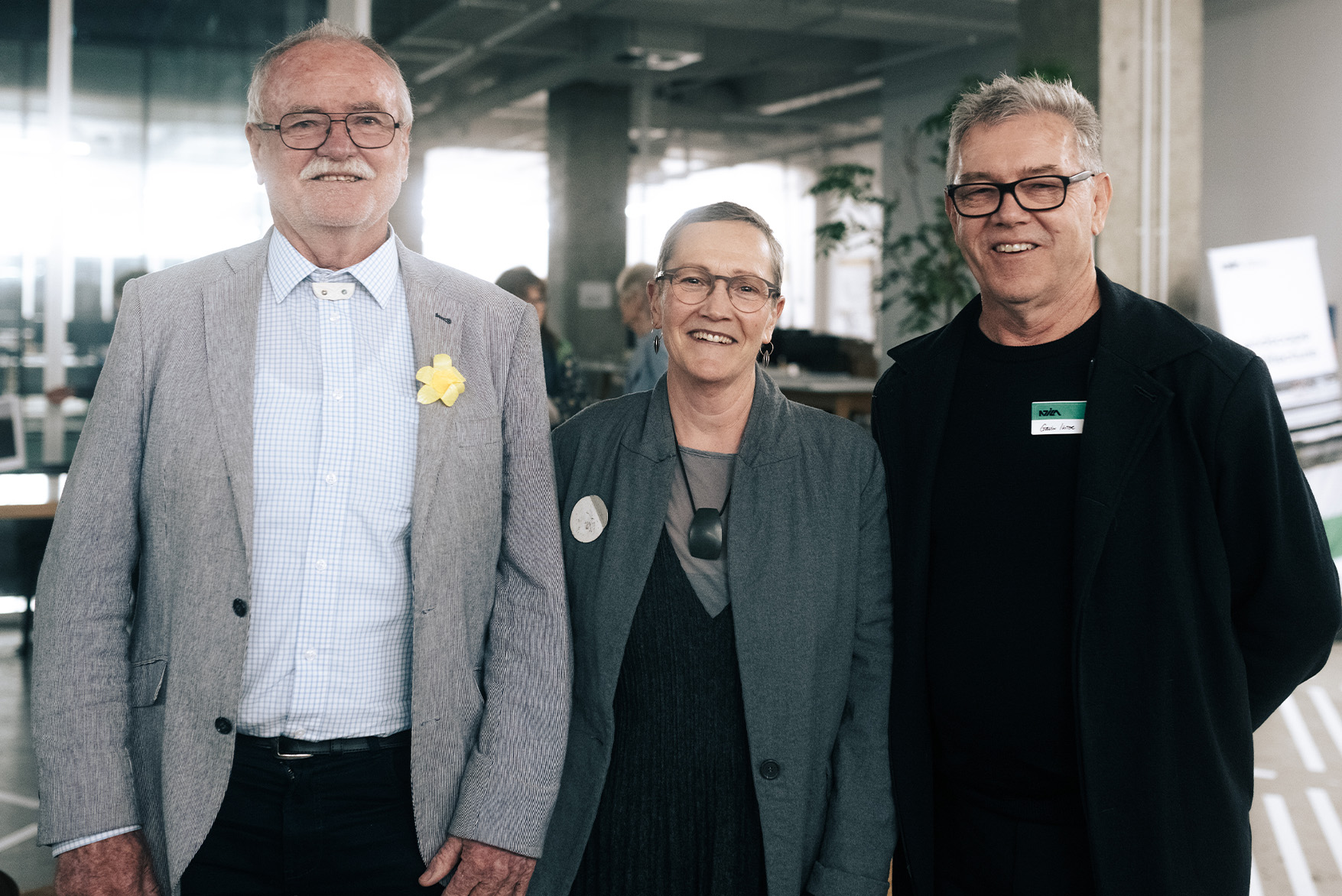Capturing the profession's collective best-practice in relation to landscape assessment in Aotearoa New Zealand.
Te Tangi a te Manu: Aotearoa New Zealand Landscape Assessment Guidelines sets out guidance for landscape assessment in Aotearoa New Zealand. Its purpose is to improve landscape assessment practice in resource management recognising that such assessment is undertaken for the purpose of assisting decision-makers. The document is a response to a long-recognised need for an agreed, consistent approach to landscape assessment, as explicitly urged by the Environment Court.
A contract for such Guidelines was tendered by the Ministry for the Environment in 2016 and awarded to Isthmus and Boffa Miskell. However, funding was withdrawn prior to work commencing.
Recognising the importance of this endeavour and the need for the guidelines within the profession, Gavin Lister and Rachel de Lambert committed to produce them voluntarily. The input of Te Tau a Nuku, the landscape cohort of Ngā Aho, the collective of Māori design professionals, was recognised as an essential component of the process; and Alan Titchener (Ngāi Tahu, Kāhui Whetū Ngā Aho) became the third co-author.

